- Relief printing
- Intaglio and planographic printing
- Color printing
- Bits and pieces
- Early photography in silver
- Non-silver processes
- Modern photography
- Color notes
- Color photography
- Photography in ink: relief and intaglio printing
- Photography in ink: planographic printing
- Digital processes
- Where do we go from here?
Gilman Paper book

Photo offset lithography tritone. Mathew B. Brady Studio. A multiple-impression proof sheet for Photographs from the Collection of the Gilman Paper Company (White Oak Press, 1985), Senator and Mrs. James H. Lane. 1861–66. (Printed by Richard Benson and Thomas Palmer, 1985). 9 x 7 3/4" (22.8 x 19.7 cm). The Metropolitan Museum of Art. Gilman Collection, Purchase, Alfred Stieglitz Society Gifts. The images on the following pages illustrate a breakdown of the stages of the reproduction, with color bars still attached, showing the solid values of the inks used in the printing. This reproduction also uses a fourth plate, which prints an overall varnish but contains no picture data, so I still call it a tritone.
By the 1980s and ’90s, offset presses were appearing with four or more printing units, so that a blank sheet of paper could go in at one end and come out at the other carrying a full-color reproduction. It is important to remember that the huge expense of developing such presses was directed toward better printing of color—by this time black and white constituted only a tiny segment of the offset-printing market.
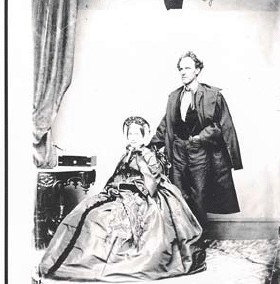 The first impression, from a high-contrast plate, using black ink.
The first impression, from a high-contrast plate, using black ink.
Before the multiunit presses were around, the printer making duotones or tritones faced a terrifying task: the first impression of the reproductions for the whole edition had to be printed and dried, and then the second pass was put down the next day. If the halftones weren’t right, then the whole press run, and its expensive paper, had to be discarded. If the book had a large budget, press proofs could be made of the pictures and this dangerous routine could be avoided; the proof, done in only a few copies, could confirm that the halftones were correct, and if they weren’t, they could be remade and re-proofed until acceptable. Unfortunately budgets were seldom that fat, and most two- or three-color printing was done with a nerve-racking mixture of terror and faith that the whole thing would turn out right in the end.
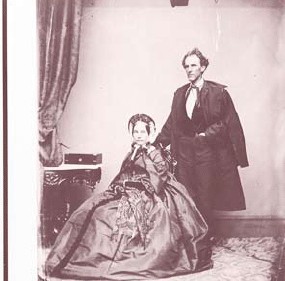 The second impression, from a more “normal” halftone, printed in a reddish-gray ink.
The second impression, from a more “normal” halftone, printed in a reddish-gray ink.
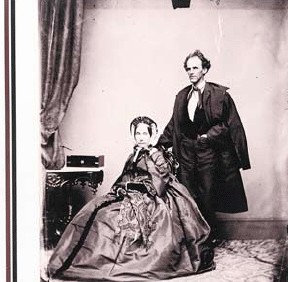 The first and second impressions together.
The first and second impressions together.
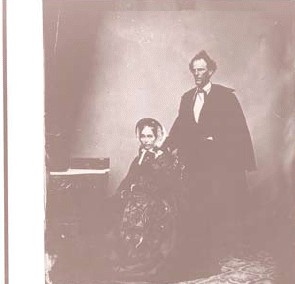 The third impression, carrying no detail in the shadows, and creating a smooth layer of tone in the darker values of the picture.
The third impression, carrying no detail in the shadows, and creating a smooth layer of tone in the darker values of the picture.
 The first, second, and third impressions together.
The first, second, and third impressions together.
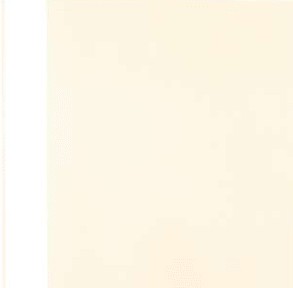 The final impression, carrying no picture data (except the shape of the picture), printed with a solid of a warm-toned varnish.
The final impression, carrying no picture data (except the shape of the picture), printed with a solid of a warm-toned varnish.
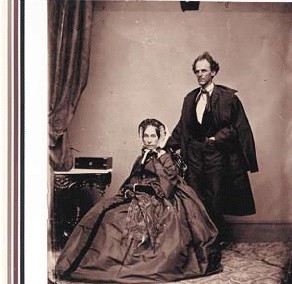 The completed print.
The completed print.

